Iran is a cosmopolitan country with a unique ethnic and linguistic variety which is one of its most appealing aspects. This ethnic and linguistic variety originates from Iran’s rich history and a changing border pattern throughout the years.
Different ethnic groups are one of Iran’s most daring beauties since it combines several civilizations into a single country. Most ethnic groups have been separated from their ancestors by political boundaries. We shall discuss Iran’s many ethnic groupings.
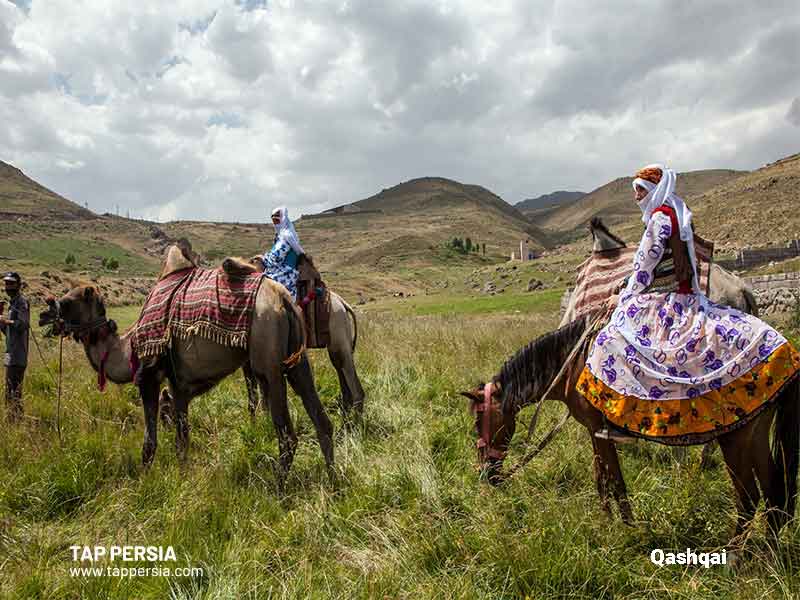
History of Iran’s Ethnic Groups
Ethnic variety and miscegenation in Iran began with the Aryans, Babylonians, and Sumerians and have persisted until the present day. Although the majority of Iranians are Aryans, miscegenation has occurred over the years as a result of political upheavals and invasions by other countries. We can think of Alexander the Great’s expedition and the Arab conquest of Iran, for example. Following Alexander the Great’s arrival in Iran, Greek warriors and soldiers married and lived in the country, and the Arab-Muslim invasion of Iran began the movement of Arab tribes to various areas of Iran.
This miscegenation in Iran was not confined to Greeks and Arabs, but also included migrations by Seljuks, Ghaznawi Turks, and Mongols at various historical times. The Seljuks and Ghaznawi Turks, who constituted the majority of immigrants after their arrival in Iran, stayed. Another cause of the immigration of the numerous Mongolian Race and Tatar tribes that generated a fresh wave of racial mingling in Iran was the Mongol invasion.
The People of Iran: Ethnicities and Cultures
The described racial combination in Iran is not integrated, and the demographic variety established for millennia by the mix of races and migrations has resulted in the formation of Fars, Azeri, Baluch, Kurdish, Shahsavan, Bakhtiari, Turkmen, Lor, Taleshi, Qashqai, and Arabs. Of course, numerous ethnic minorities exist in Iran in the shape of little societies().
Persians
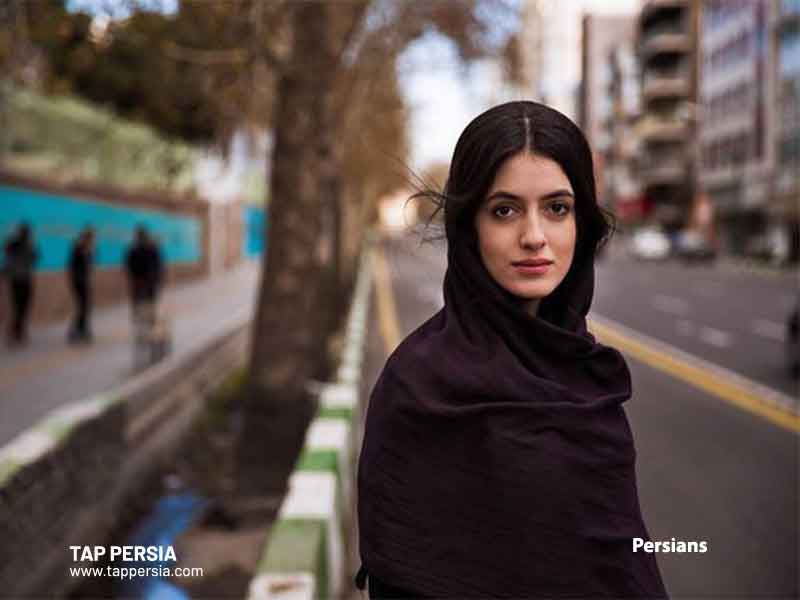
Persians descended from Elamite or Aryan forebears who settled on the Iranian plateau in the second millennium BC and named their homeland “Pars” or Persia.
By the ninth century BC, ancient Aryan tribes had relocated to the land of Persis or Pars, the current province of Fars in southern Iran. They formed one of the most powerful empires, the Achaemenes, alongside their allies such as the Medes. well-known for their huge cultural, political, and social impact on most of the ancient world’s land and people According to this definition, not all Iranians now are Persians, but Persians are Iran’s major ethnic group. They are thought to account for 61% of the population. Westerners referred to Iran as Persia until 1935.
Azeris
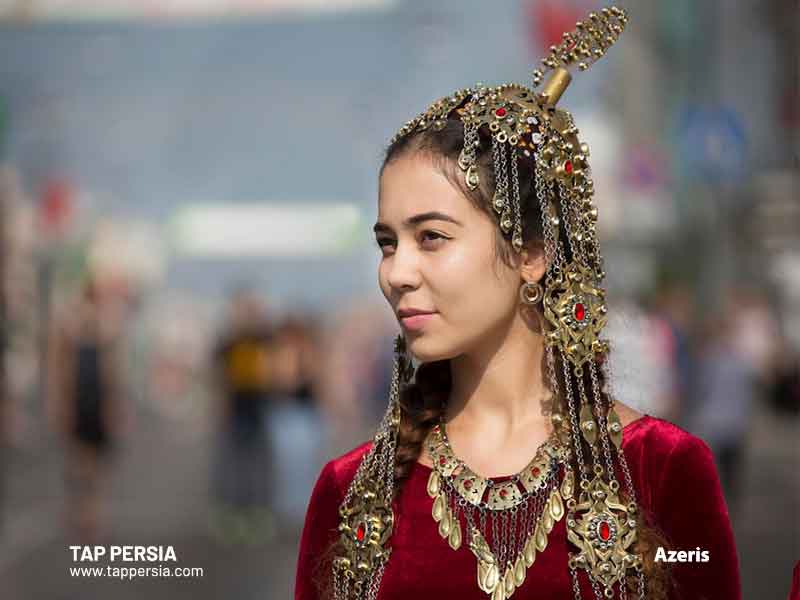
The Azeri ethnicity in Iran is largely concentrated in the northwest, in the Azerbaijan region, with Ardabil province being the largest Azeri settlement, while many Azeris dwell in other provinces as well. This ethnic group accounts for around 25% of the Iranian population.
Turkmens
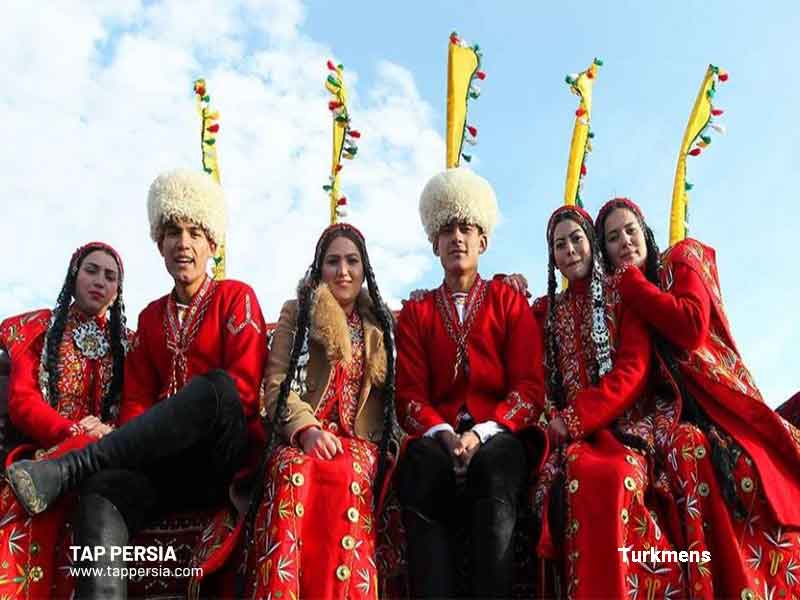
Turkmens, also known as Turkomans, are Iranian nationals of Turkish descent who can trace their ancestors back to Central Asia. Turkmens are mostly concentrated in “Turkmen Sahara,” which is situated in northwestern Iran, east of Mazandaran province and north of Khorasan province – in Turkmenistan.
Turkmen tribes include the Yamut, Koklan, and Teke. The Koklans dwell in the eastern hilly portions of the Gorgan plain and in the vicinity of Bojnourd. Yamuts live primarily in the Gorgan plain, with some tribes in Turkmenistan and others in the Gonbad Kavus region.
Kurds
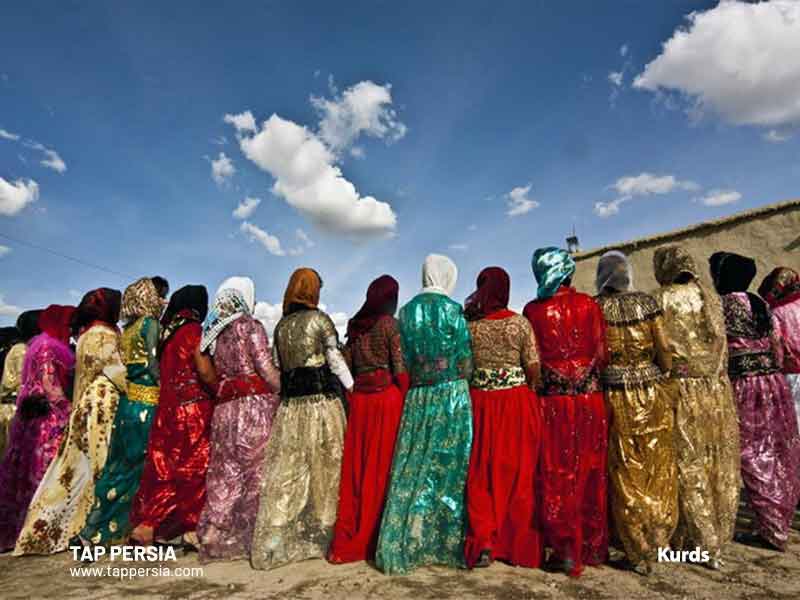
Kurds’ ethnicities in Iran are found across the Middle East and West Asia, not just in the western half of the Iranian plateau. This ethnic group lives in the Zagros Mountains in western Iran, southeastern Anatolia, western Armenia, parts of northern Iraq, northeastern Syria, and other neighboring countries. In the Khorsn area of Iran’s northeast, there is also a substantial noncontiguous Kurdish community.
Kurds in Iran are largely concentrated around the Zagros Mountains, which run from Baku, Azerbaijan, through northern Lorestan and Khuzestan. Kurds are comprised of numerous tribes, including Milan, Jalai, Mangour, and Ghara papaghi. There are also some wandering nomad Kurd tribes around the cities of Saqez, Sanandaj, and Kermanshah. The Sanjabi tribe surrounding Kermanshah and the Kalhor tribe south of Kermanshah are the most well-known Kurdish nomads.
Lurs
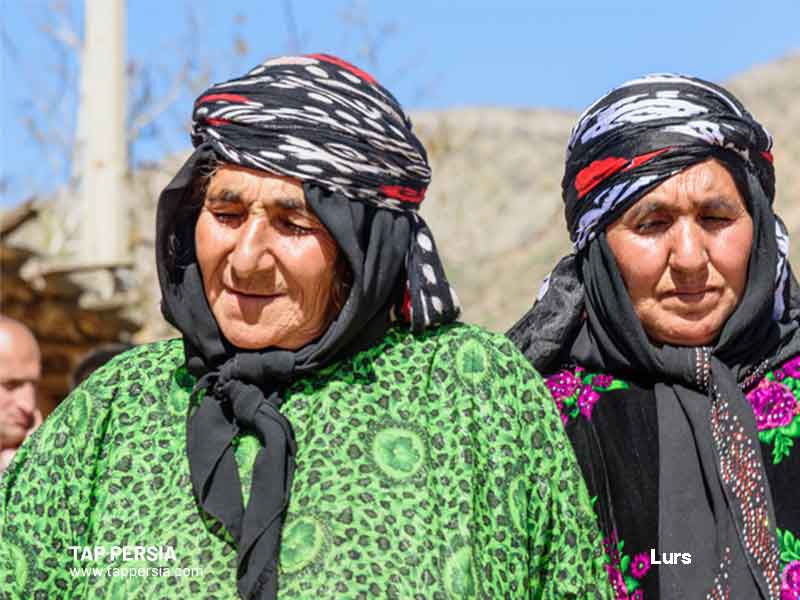
The Lur or Lor ethnicity is largely found in Iran, mostly in southern Kurdistan west of the Zagros Mountains. The Lur tribal land was divided into two main sections during the Mongol Il-Khanid rule: “Luristan Minor” and “Luristan Major” which are now known as Luristan and Kuhgilueh.
The Lur civilization now includes a number of tribes, including the Bakhtiari, Lak, Mamasani, Sagvand, and Kohgiluyeh & Boyer Ahmad.
Baluch
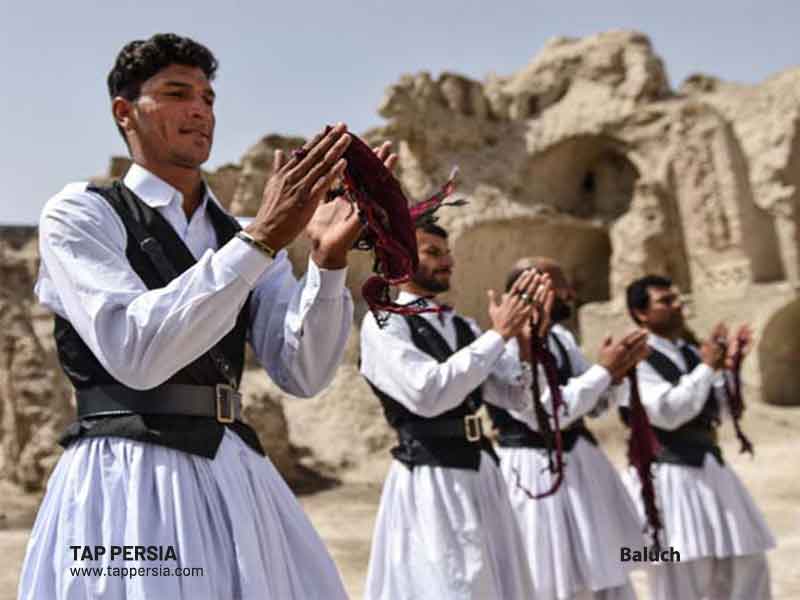
Baluch, or Beluch, consists of numerous tribes speaking the Balochi language with an estimated five million residents in Pakistan’s Balochistan province and surrounding parts of Iran and Afghanistan. Iranian Baluchs are mostly found in Iran’s eastern regions, as well as in the towns of Baluchistan, Sistan, Kerman, and sections of Khorasan. Baloch people are originally nomadic, although settled agricultural life is becoming increasingly frequent.
Due to the unsuitability of Sistan and Baluchistan, the majority of Baluchis immigrated to other areas of Iran, including Mazandaran, Azerbaijan, Gilan, and Khorasan. In these cities, they are largely employed in agriculture and labor. These migrations can be both permanent and seasonal. The Ahmadzai, Mirabdi, Rigi, and Sarawani tribes are the most significant Baluchi tribes.
Qashqai(Iranian Ethnicities)
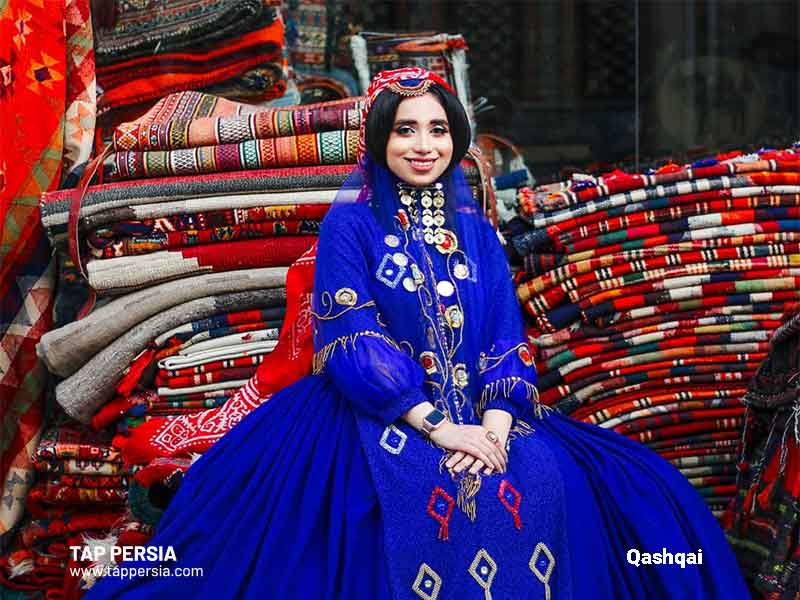
The Qashqai are a powerful and large Turkish-speaking ethnicity and tribe in Iran, located in the Fars region. There are various theories about the origins of the Qashqai tribe, but if we examine all of the geographical, historical, and linguistic assumptions that have resulted from scholars’ efforts, we may infer that there is a Qashqai tribe, a Qashqai territory, a Qashqai river (Kashaka), and a unique Turkish dialect with the same name that still survives in contemporary Uzbekistan. It is more likely that the Qashqai tribe came to Iran at various times and has always played an important part in Iran’s political history.
The Qashqai travel from the south to the north, to their summer quarters known as “Yailaq” in the high mountains, and from the north to the south, to their winter quarters known as “Qishlaq.” Every year, they relocate their goat and sheep herds from the summer highlands north of Shiraz to the lower and warmer lowlands surrounding Bandar Abbas in the Persian Gulf, around 500 kilometers to the south. However, this ancient way of life is rapidly fading.
Arabs
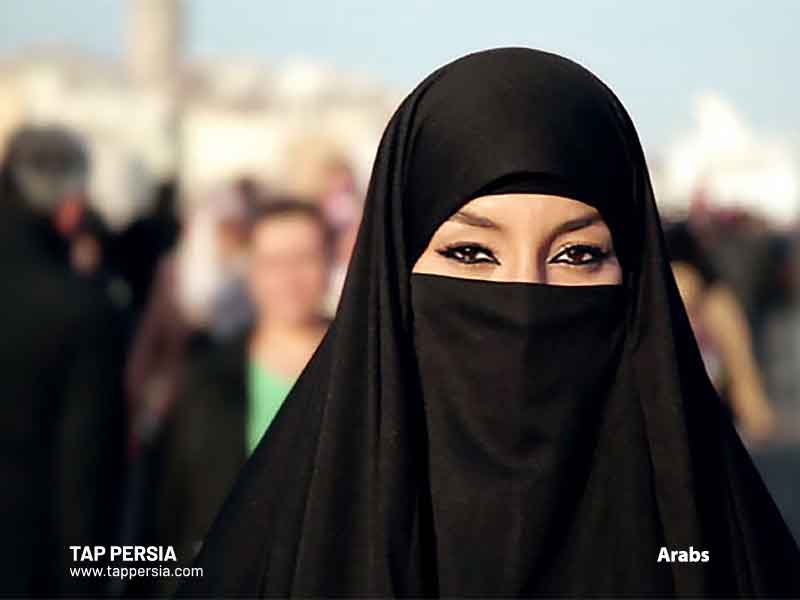
They make up roughly 2% of Iran’s population and dwell primarily in Khuzestan province and on a few Persian Gulf islands. These tribes began migrating during the Sassanian era and increased during the Muslim Arab conquest of Iran. Khuzestan Arabs are of Semitic descent.
There is a myth concerning Iranian Arabs, who are incorrectly referred to be individuals whose language has been transformed to Arabic and who are not of any Arab race. Khuzestan Arabs have a distinct tribal and nomadic ancestry originating in the Arabian Peninsula.
Talyshi
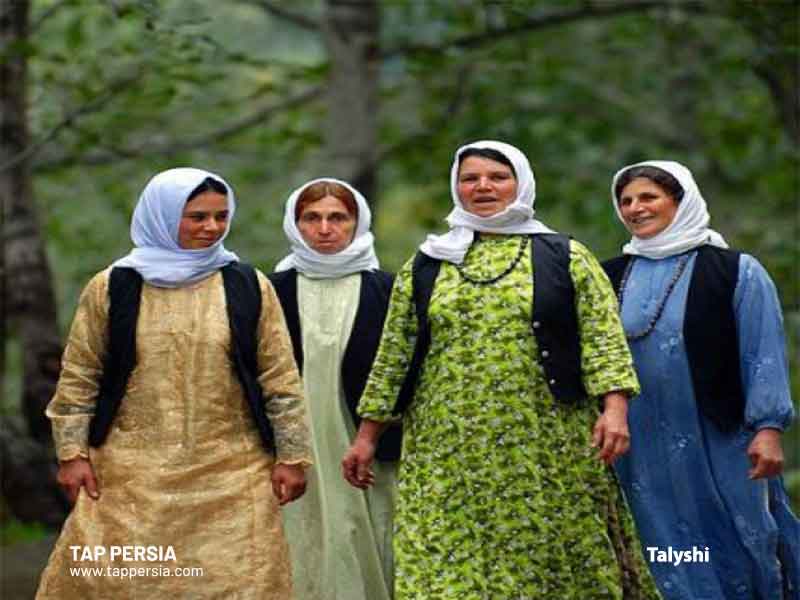
Talysh or Talesh is a tribal name for people who dwell in Ardabil province, northeastern Gilan(ethnicity in iran), and Azerbaijan’s south. Taleshis(Iranian ethnicities) are currently found across Azerbaijan, most notably in the cities of Ali Abad, Astara, Bileh Savar, Lankaran, Jalilabad, Talesh, and the northern parts of Gilan province. The Taleshi are nomadic as well as settled. Those who reside in villages and cities are known as Talesh, and the majority of them are farmers, but those who live in mountainous areas are known as “Galesh,” and their occupation is animal farming.
The Talishis are commonly identified with the ancient Cadusians, who lived in the area southwest of the Caspian Sea, bordered on the north by the Kura River, and comprising the contemporary provinces of Ardabil and Gilan. Taleshi is perhaps etymologically linked to Cadusi, which affected the names of the Caspian and Caucasus.
Languages of Iran
Iran has a rich linguistic landscape. Persian (Farsi) is the main language and the state’s official language. More than Persian, the languages of Iran include Azeri, Kurdish, Gilaki, Mazandarani, Luri, Arabic, Balochi, and Turkmen, as well as minor languages such as Qashqai, Taleshi, Baadi, and countless other local languages. Furthermore, several dialects and subbranches of different languages add to Iran’s linguistic topography. Different languages in Iran are deeply ingrained in history and play critical roles in the country’s varied regional and ethno-national identities.
However, from its inception, the modern Iranian state has worked to alter the country’s linguistic landscape in favor of Persian. The Iranian regime has used many strategies to create a homogenized “nation-state,” including uniform universal education in Persian, media monopolization, and demographic transformation through internal migration. These efforts, in turn, have increased linguistic minorities’ feelings of identity, hence heightening their attempts to preserve their languages.
Religions in Iran
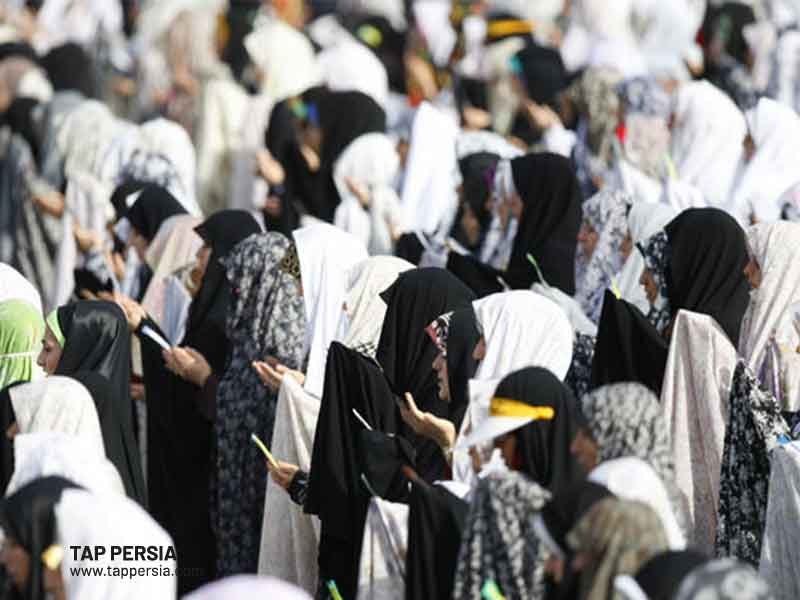
Zoroastrianism was once the largest religion in Iran, but it currently has tens of thousands of believers. Iran boasts the largest Jewish and Christian communities in the Muslim World.
Iran is an Islamic country, with Islam and the “Twelver Ja’fari” school of thought declared the official religion. The constitution also requires that other Islamic schools be given complete respect and that their adherents be able to practice religious ceremonies in accordance with their own law, and it acknowledges Zoroastrian, Christian, and Jewish Iranians as religious minorities.
During the Persian Constitutional Revolution, the 1906 Constitution provided reserved Parliamentary seats for recognized religious minorities, which was retained following the 1979 Iranian Revolution. Armenians have two seats, as do Jews, Assyrians, and Zoroastrians. Sunni members of parliament are largely from Sunni-majority countries, such as Baluchistan.
What are Iran citizens called?
Iran citizens are simply called “Iranians”. The Iranian peoples, also known as Iranic peoples, are a varied group of Indo-European peoples who share cultural traits such as the use of Iranian languages.
Are people from Iran Persian or Arab?
Iranians are Persian, with the exception of a few minority ethnic groups (one of which is Arab).
What are Iranian people mixed with?
Persians are of mixed heritage, and the nation has significant Turkic and Arab features, as well as Bakhtiari, Kurds, Lurs, Baloch, and other smaller ethnicities (Assyrians, Brahuis, Armenians, Jews, and others).
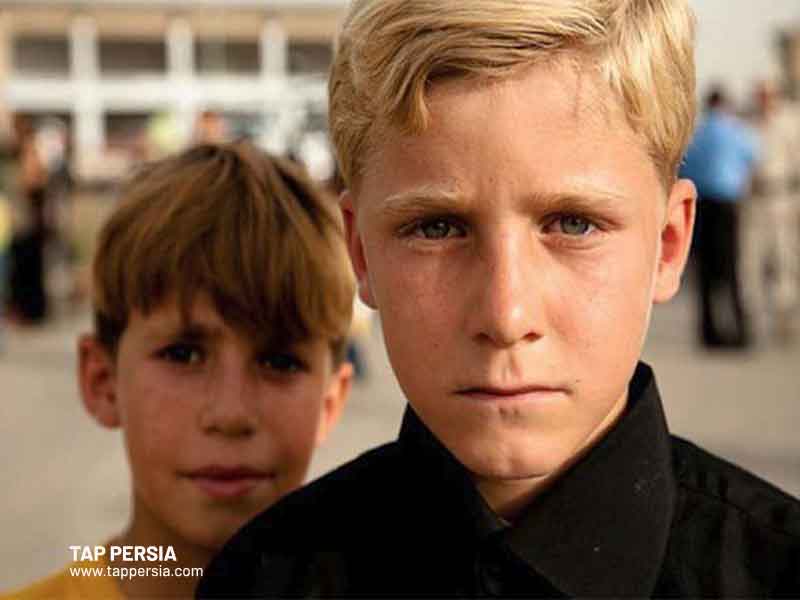
What is the main race in Iran?
Although Persians are Iran’s largest ethnic group, almost a dozen other ethnic groups account for well over a third of the country’s 79 million people.
Why is Iran not called Persia?
Foreign countries always referred to Iran as “Persia,” and it was formerly highly influenced by the United Kingdom and Russia. In contrast, the Iranian government insisted in 1935 that all countries with which it maintained diplomatic links refer to the country as Iran.
Why is Iran not an Arab country?
Iran is frequently mislabeled as an Arab country due to its location in the Middle East, Muslim population, and language that is similar to Arabic. Iran, which means “country of the Aryans,” is not on the list of Arab League countries in the Middle East/North Africa region.
What religion is in Iran?
According to Iranian government statistics, Muslims account for 99.4 percent of the population, with 90-95 percent Shia and 5-10 percent Sunni, primarily Turkmen, Baluchis, Kurds, and Arabs living in the northeast, southeast, southwest, and northwest provinces.
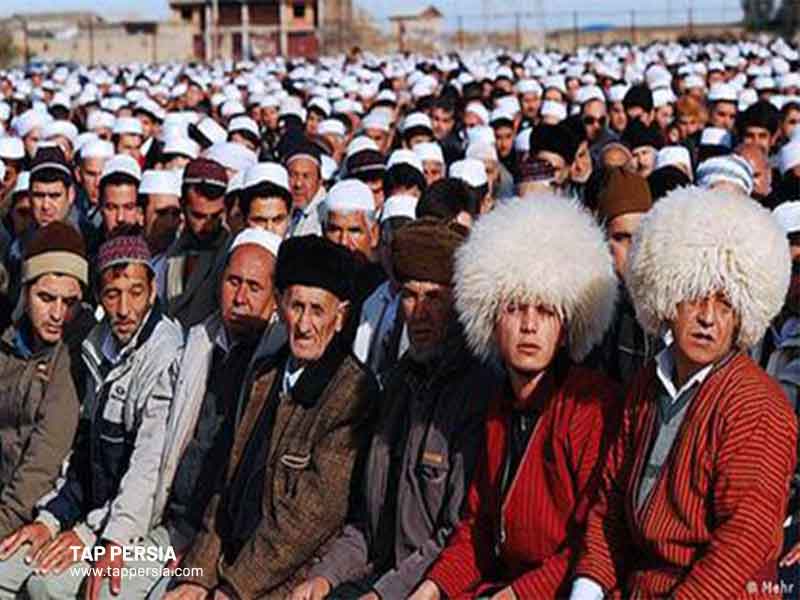
Conclusion
Iran, as the cradle of one of the world’s most ancient civilizations, is a country with a wide range of ethnic groupings(Iranian ethnicities). Such diversity among diverse ethnic groups not only adds to the complexity of Iranian culture but could also be considered one of Iran’s surpassing beauties that have turned the country into a living museum. Travel to Iran to experience the amazing variety that the country has to offer.
If you want to visit this beautiful country, you can send a WhatsApp message for more information. The TAP Persia team is patient and ready to guide you perfectly.



Comment (0)